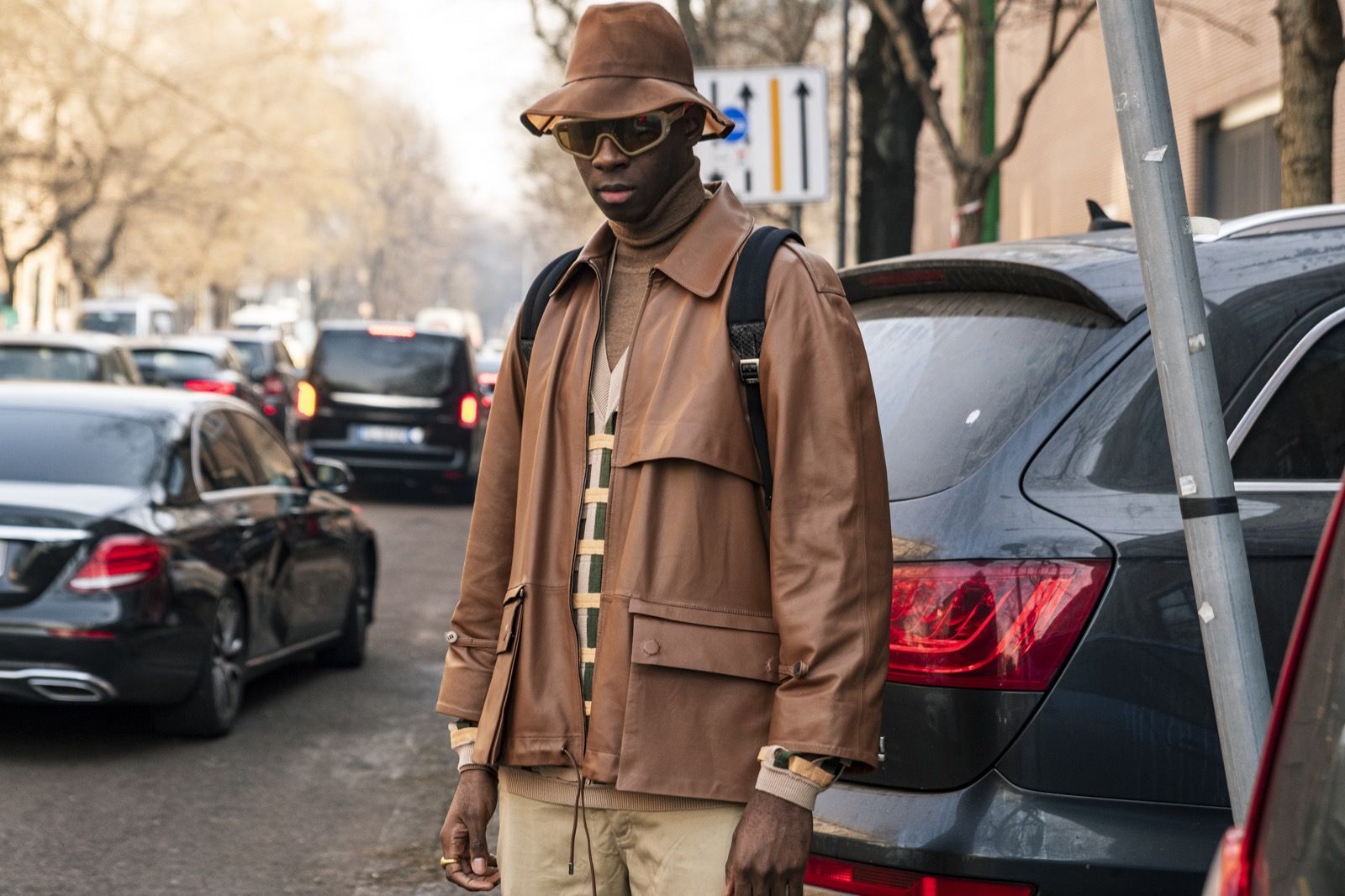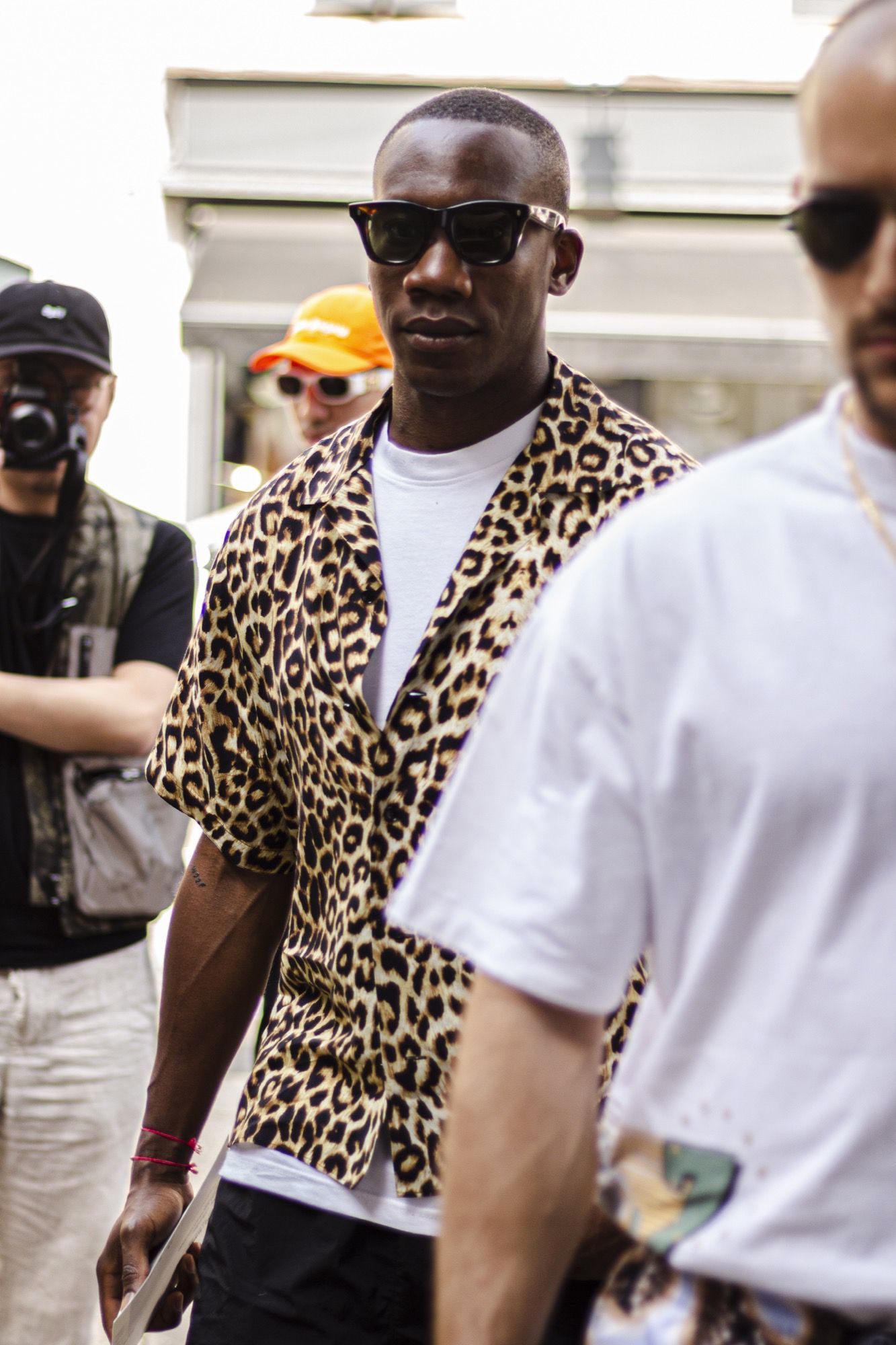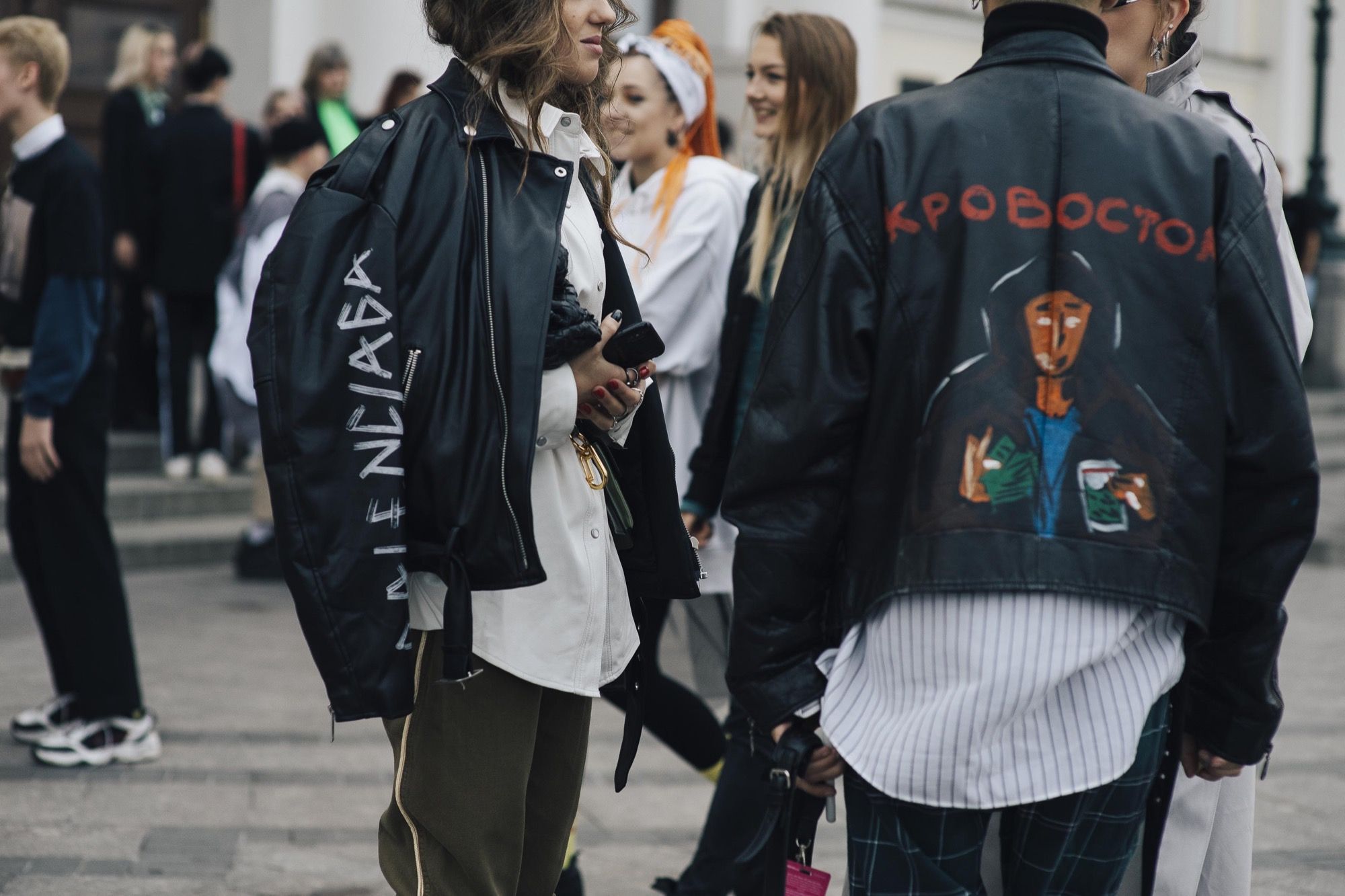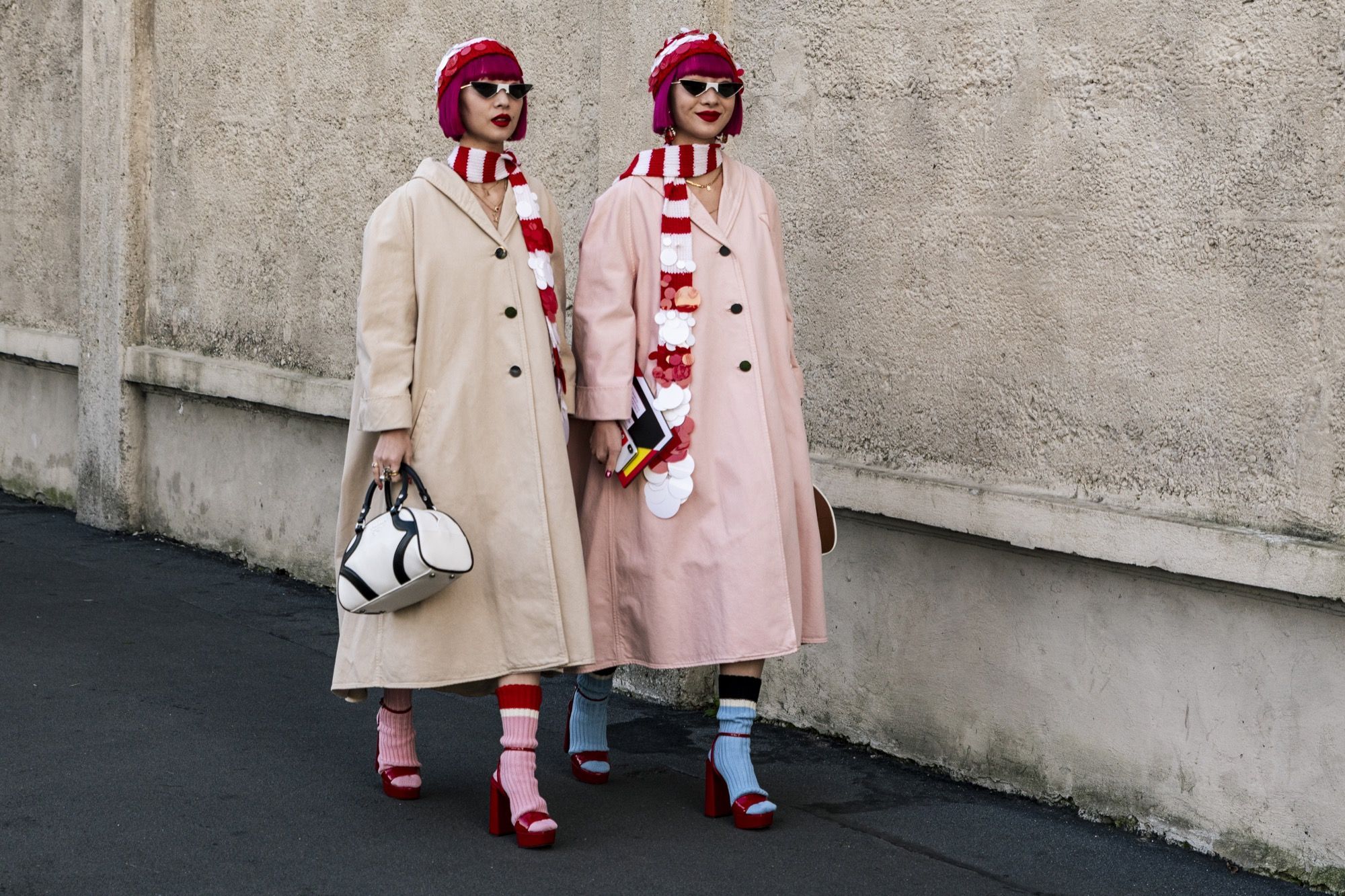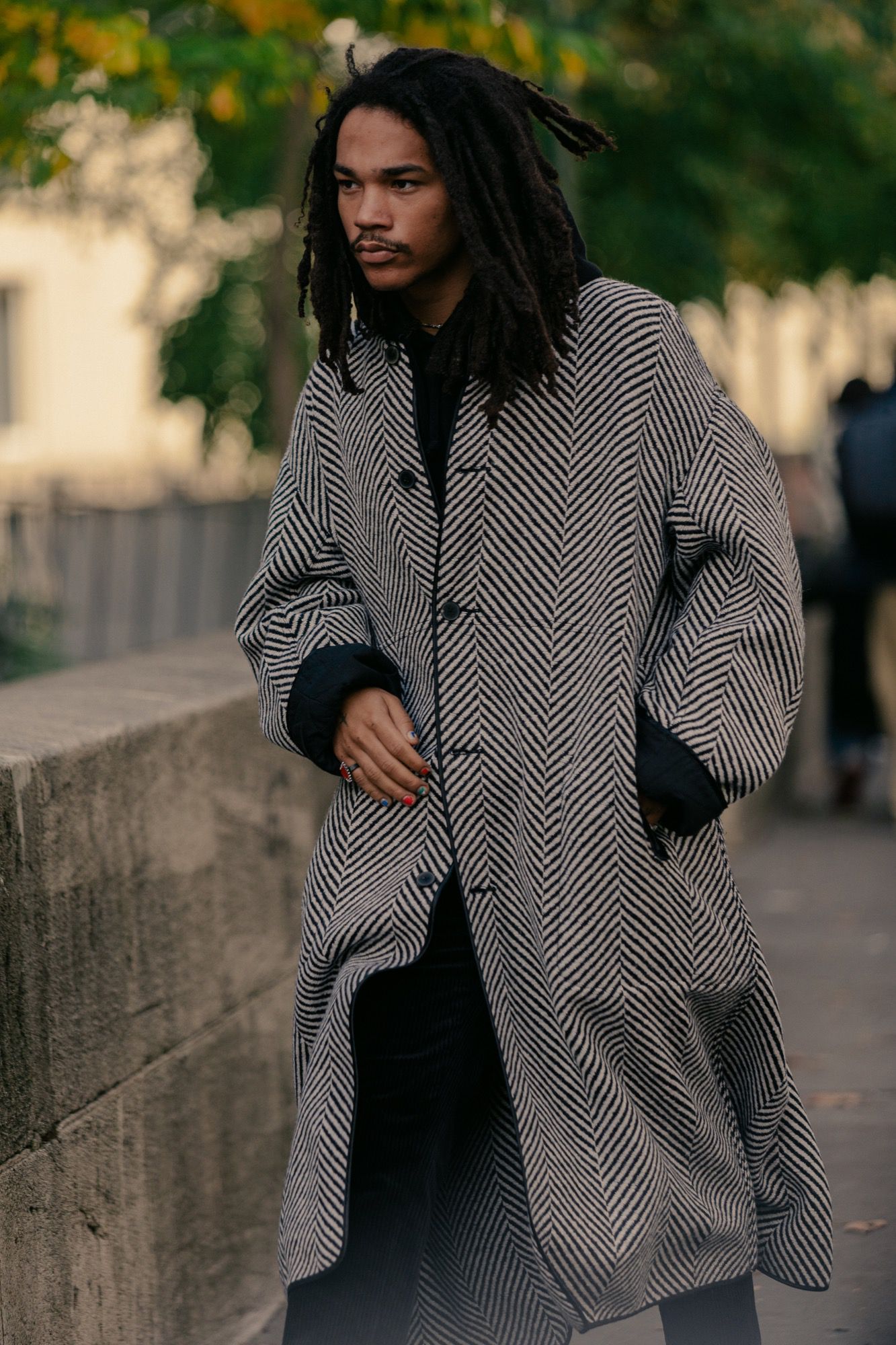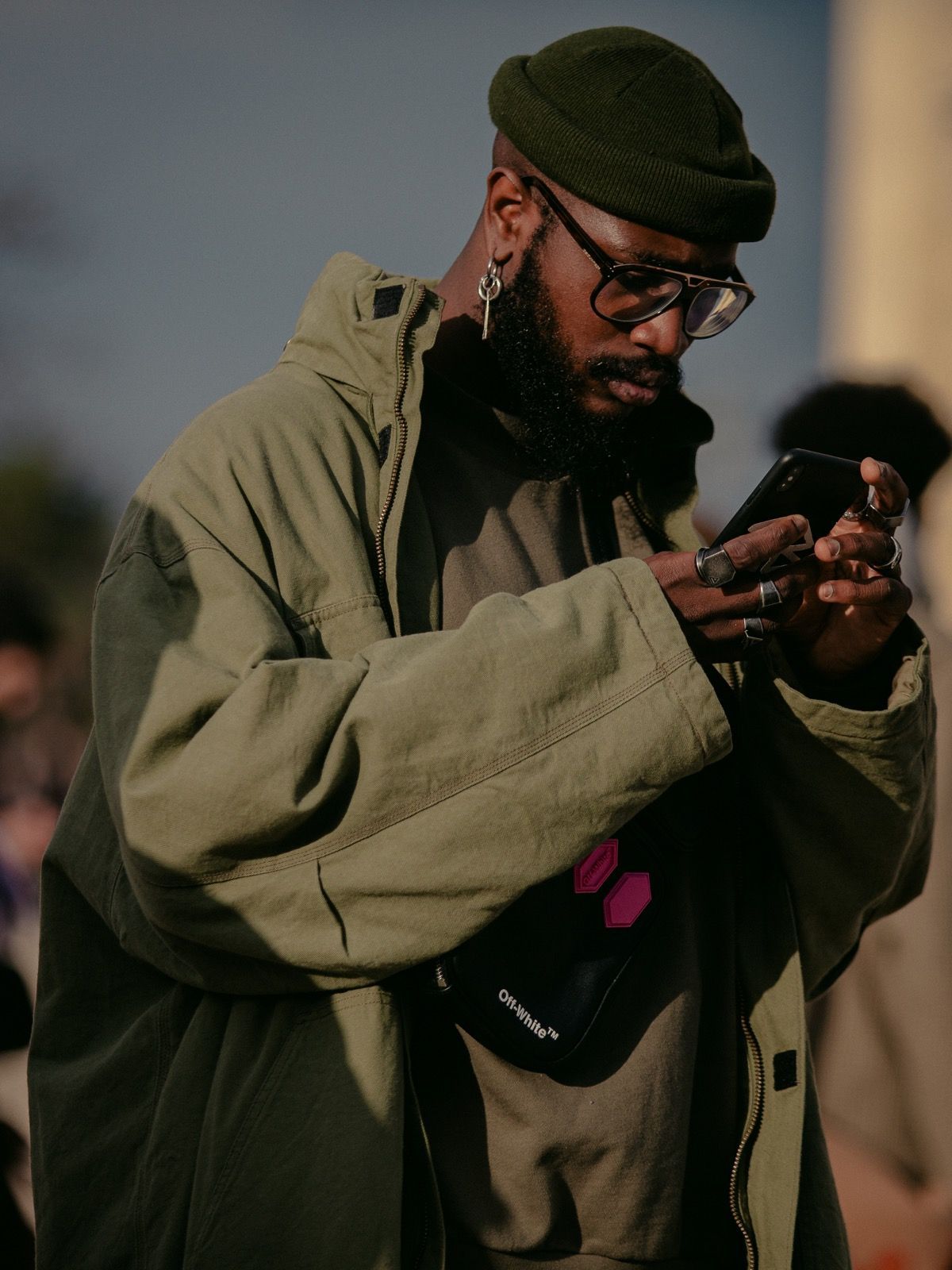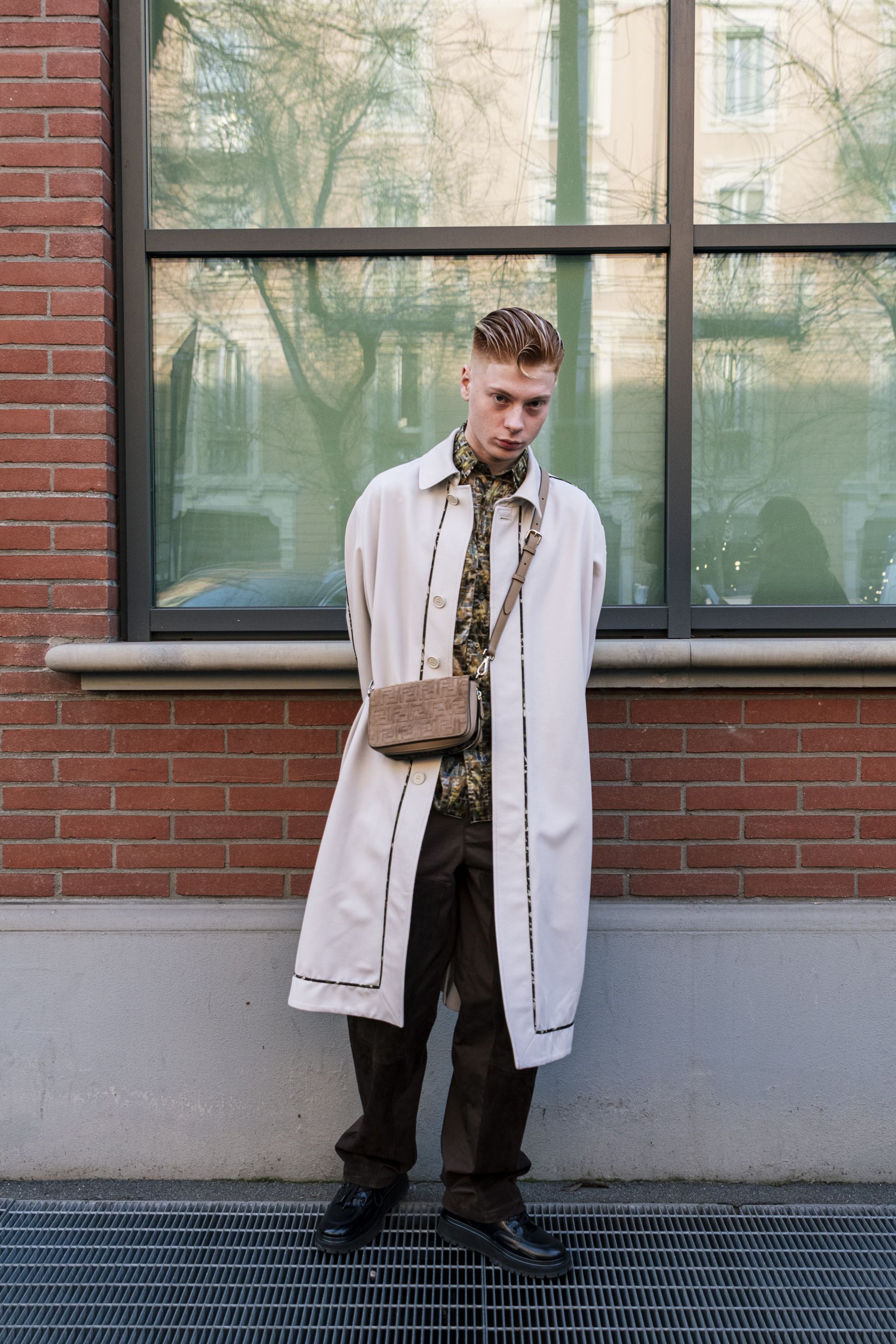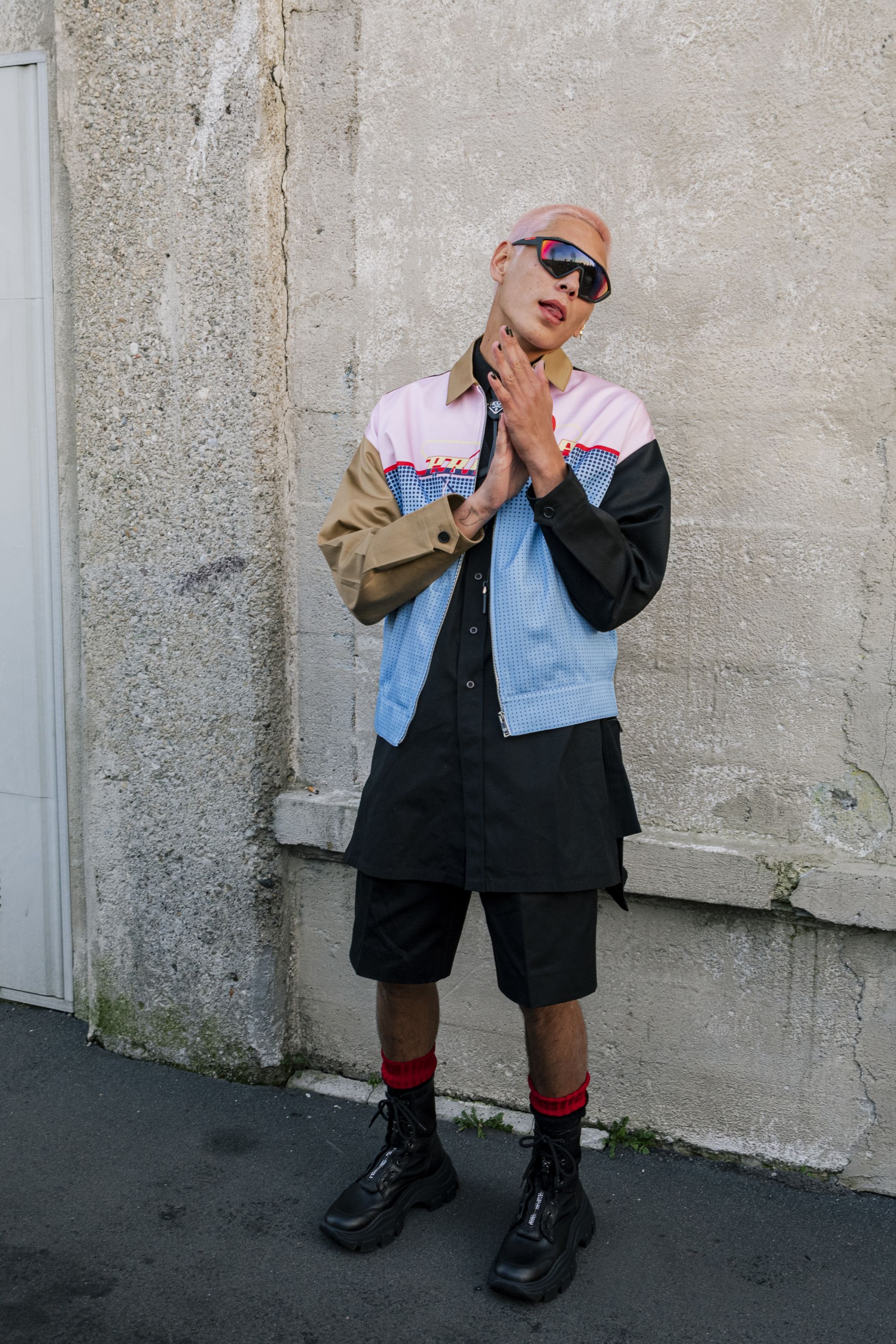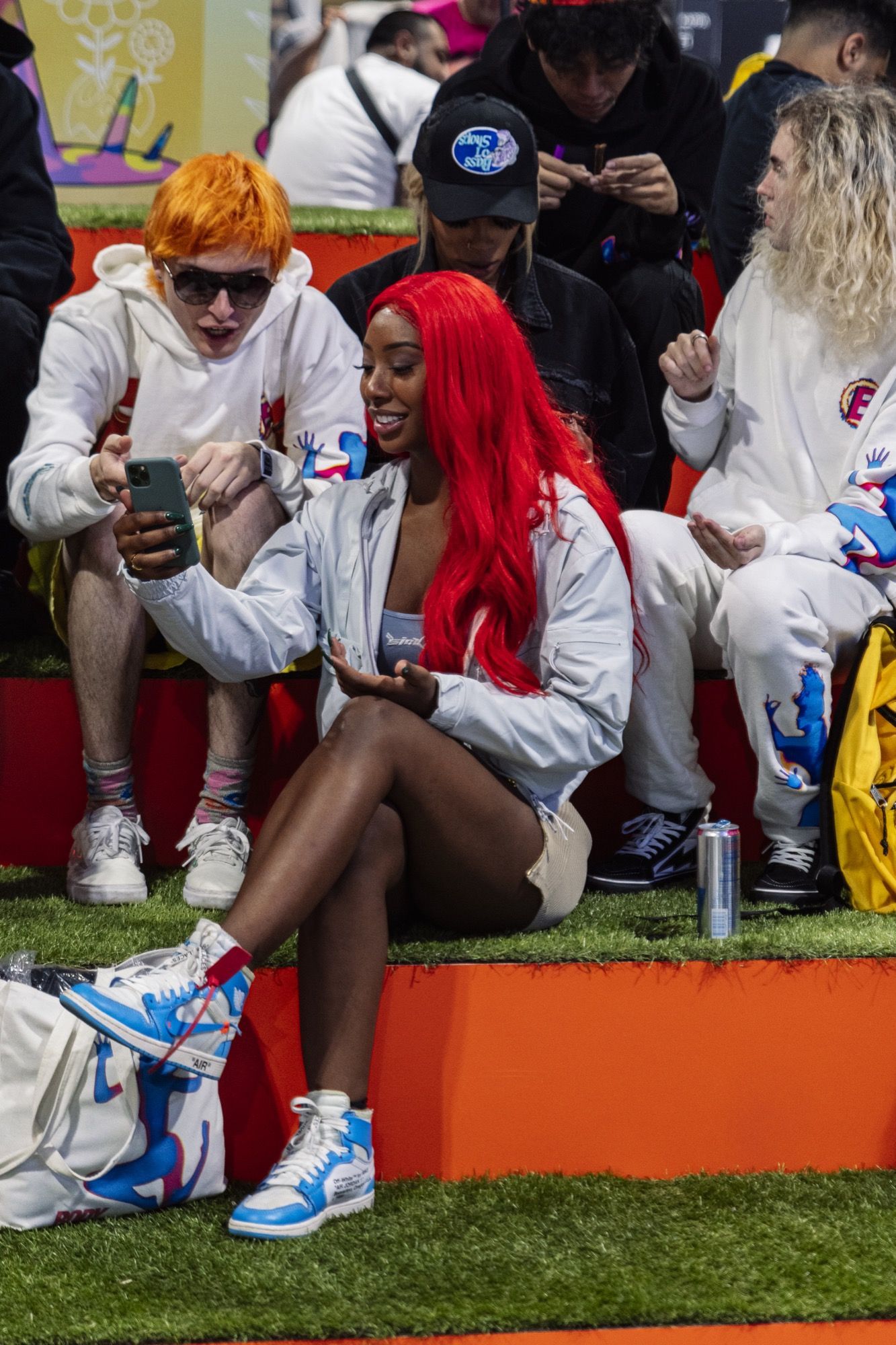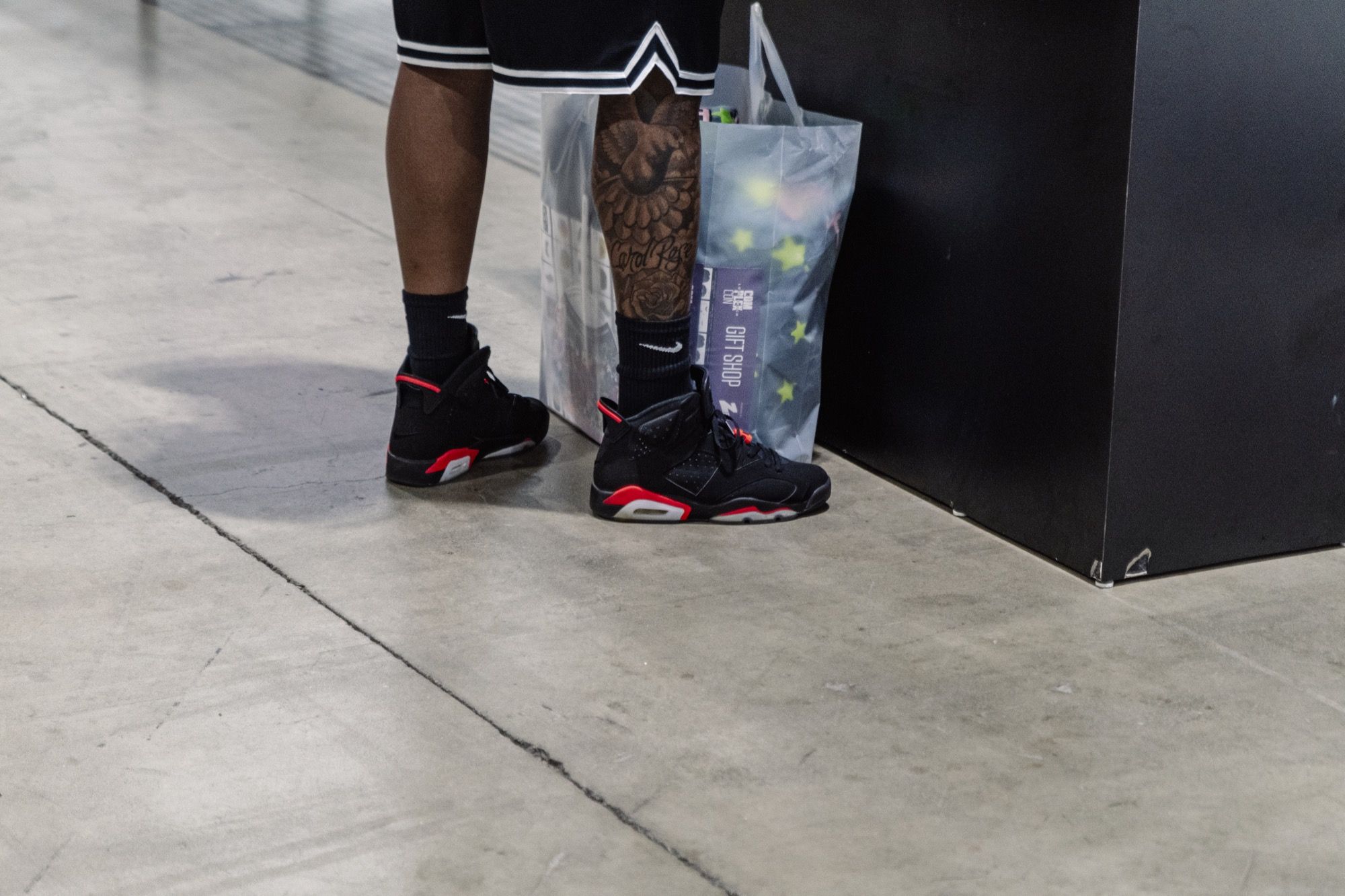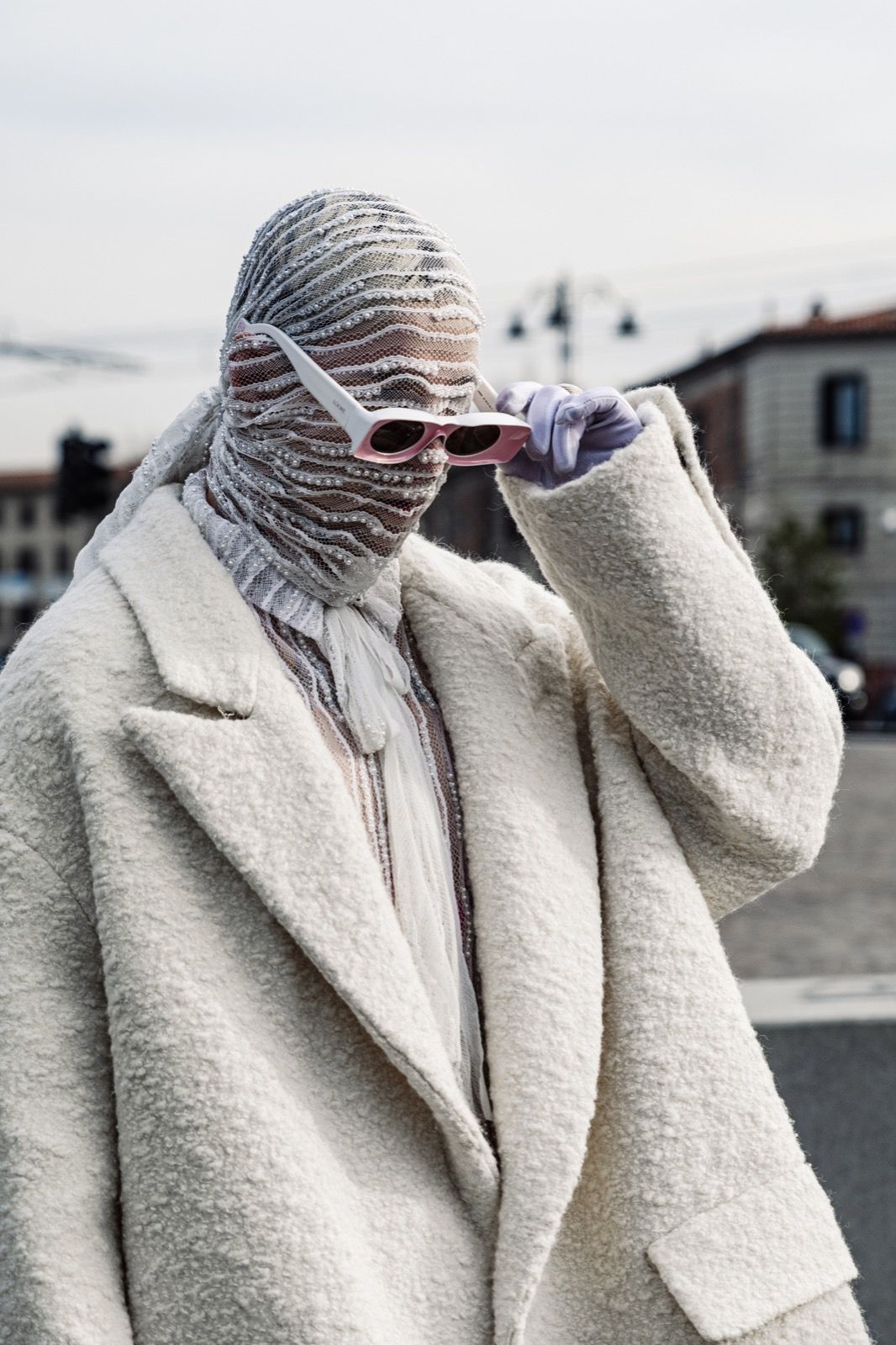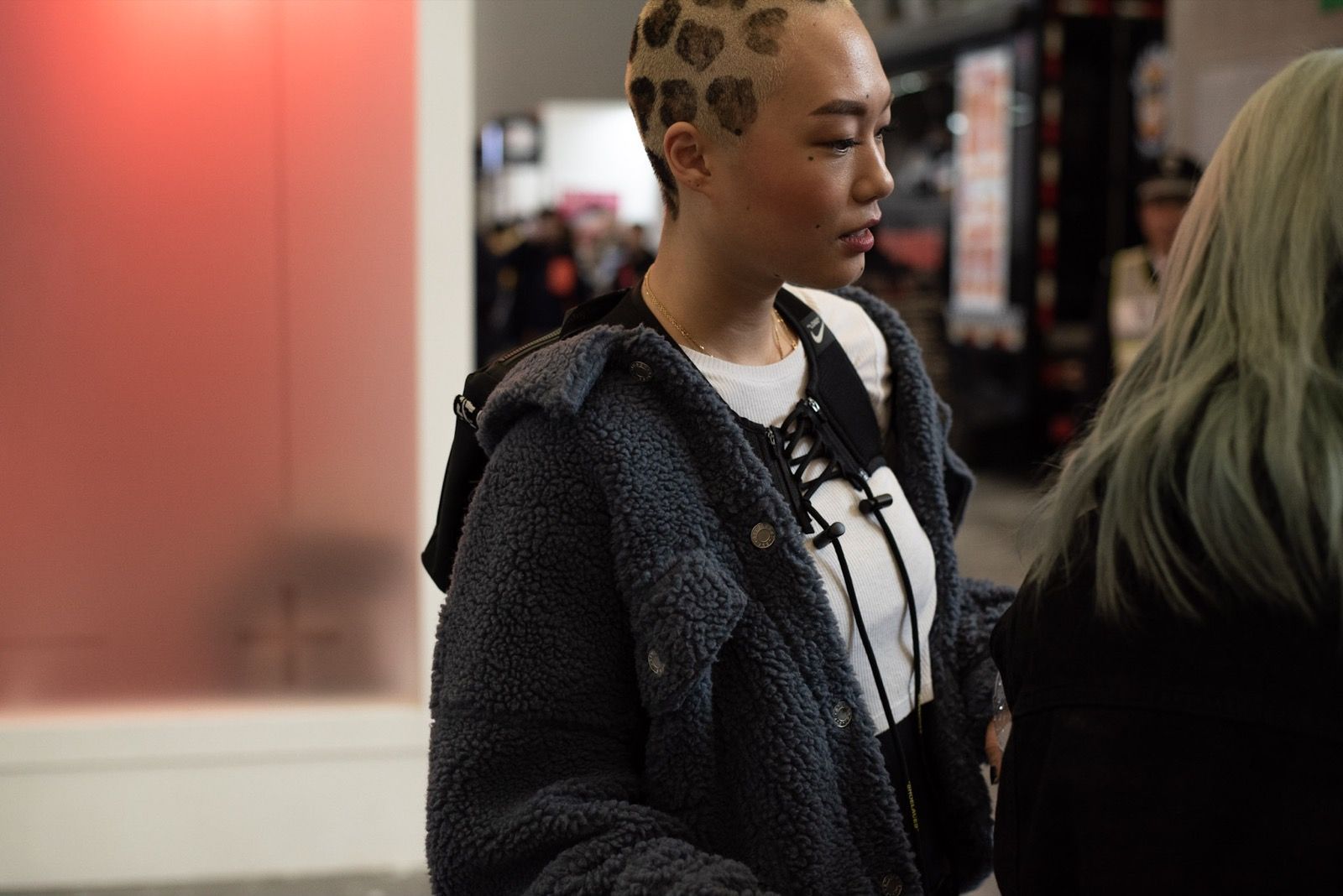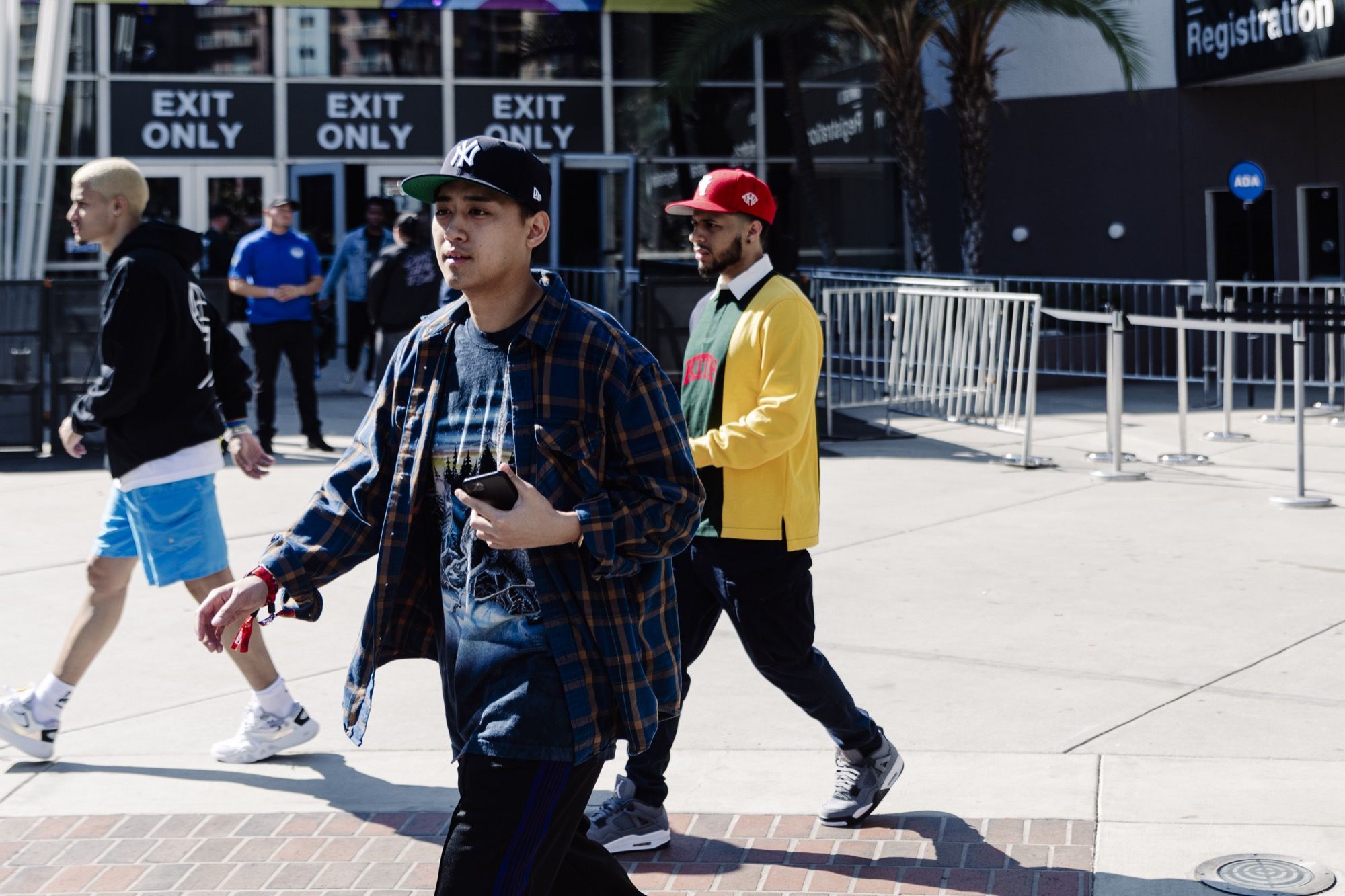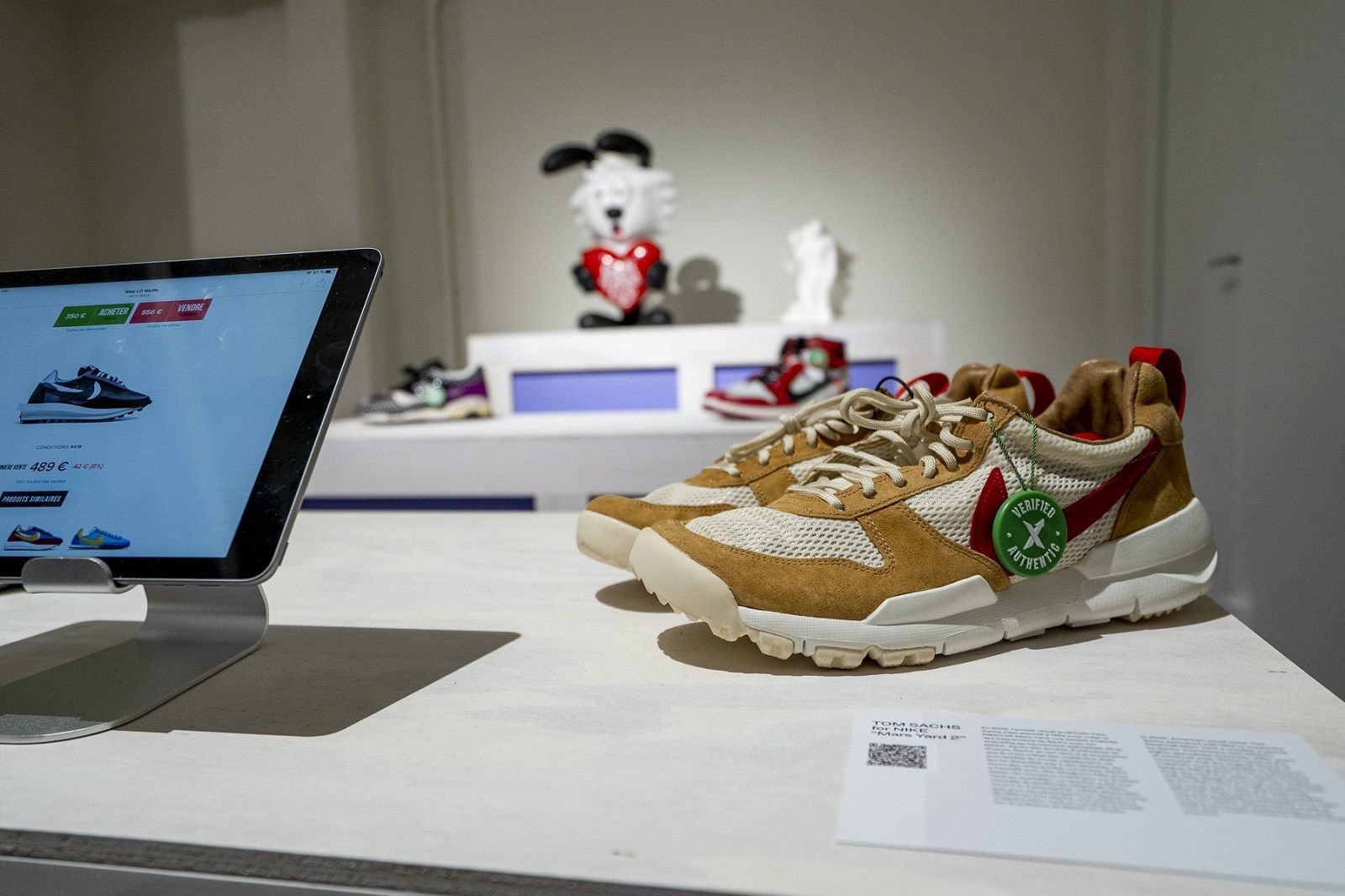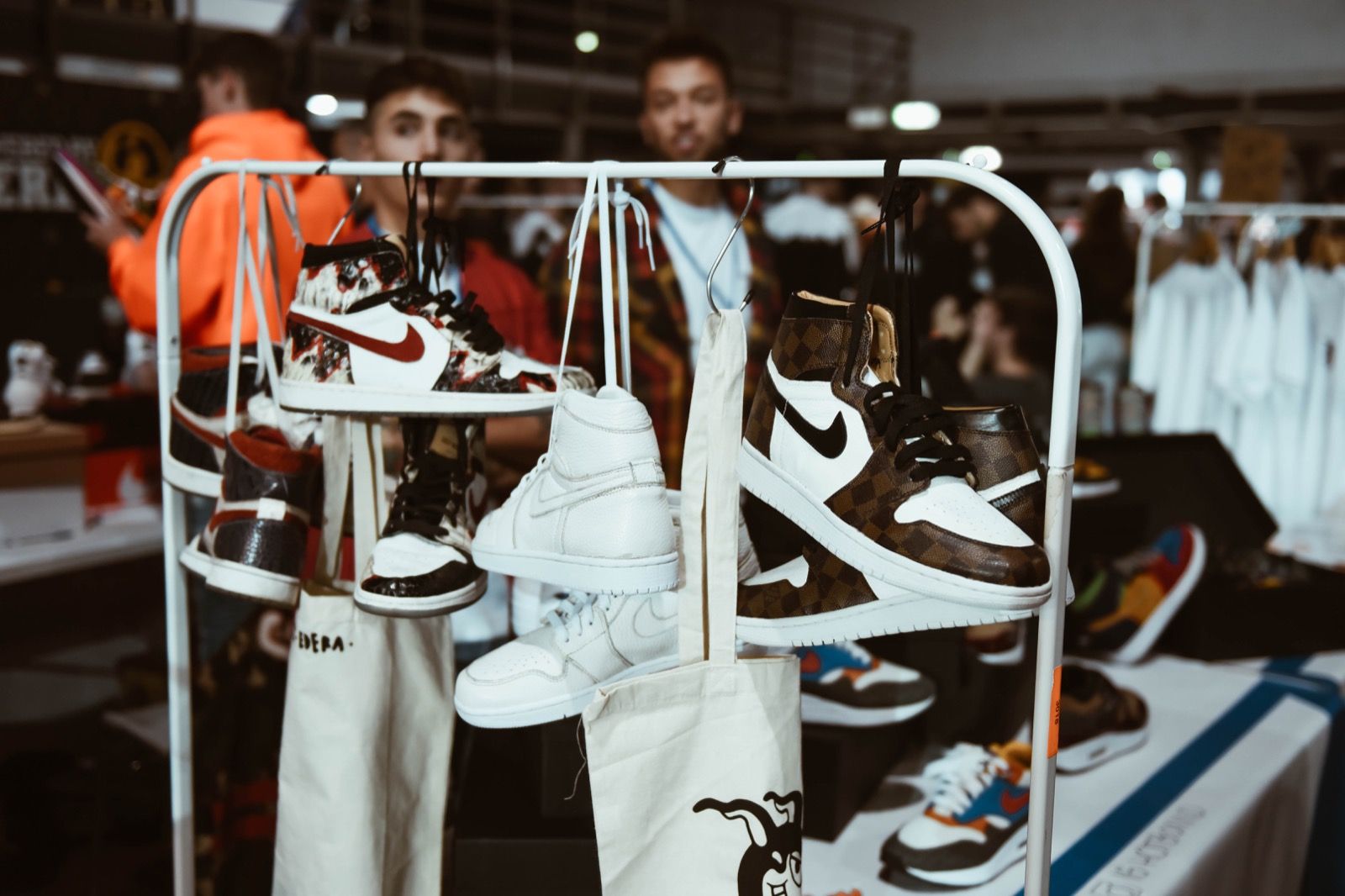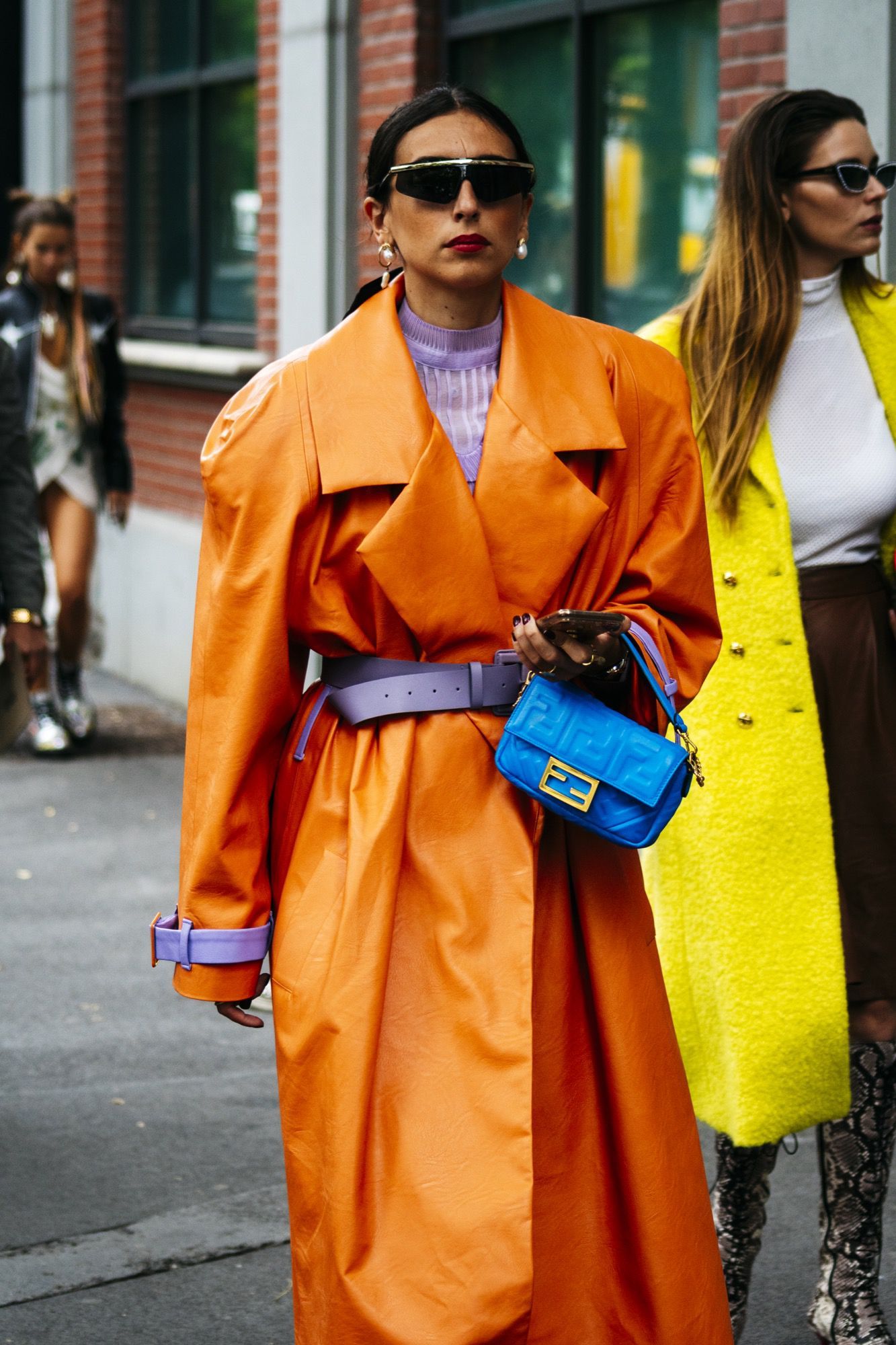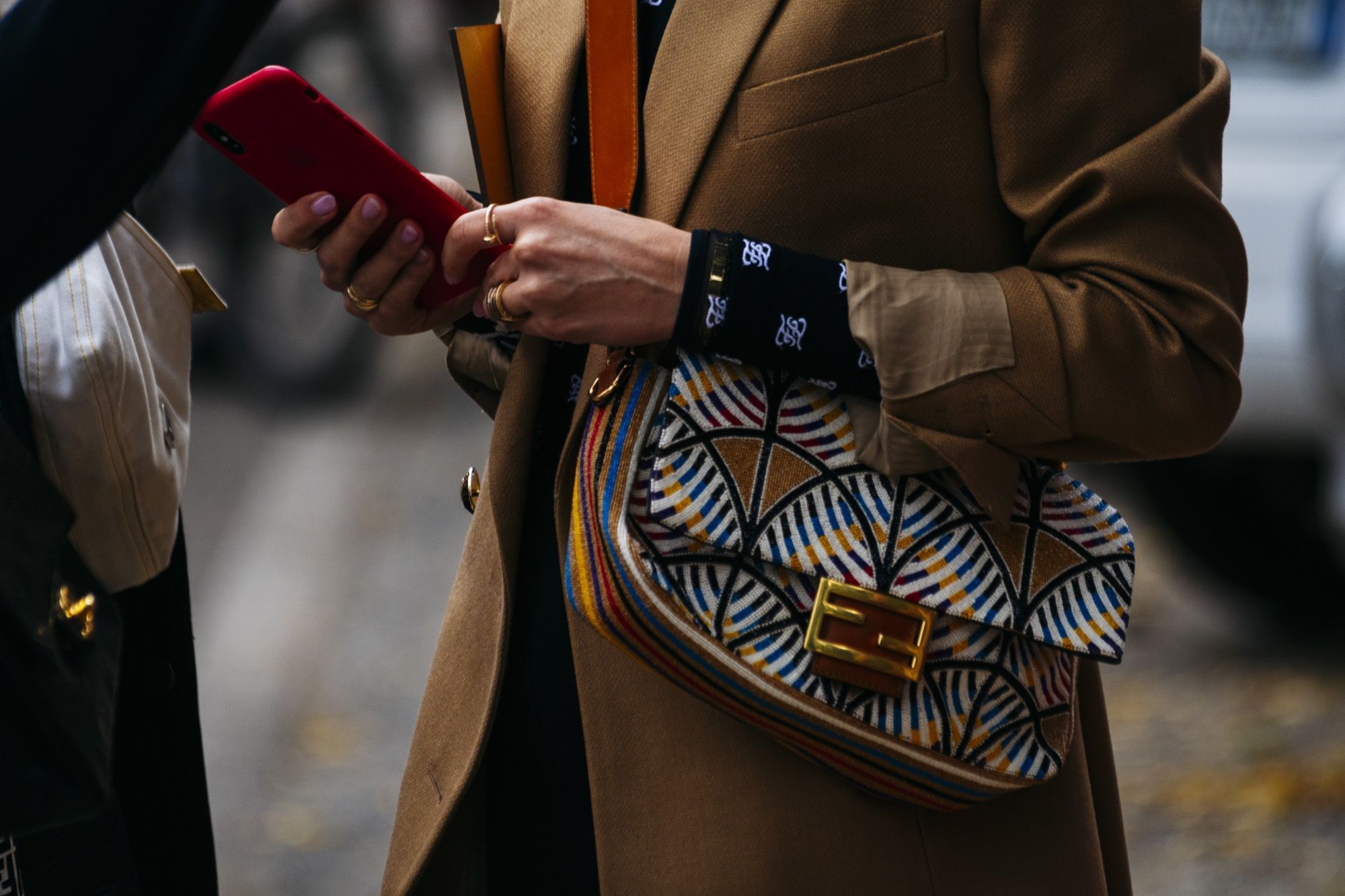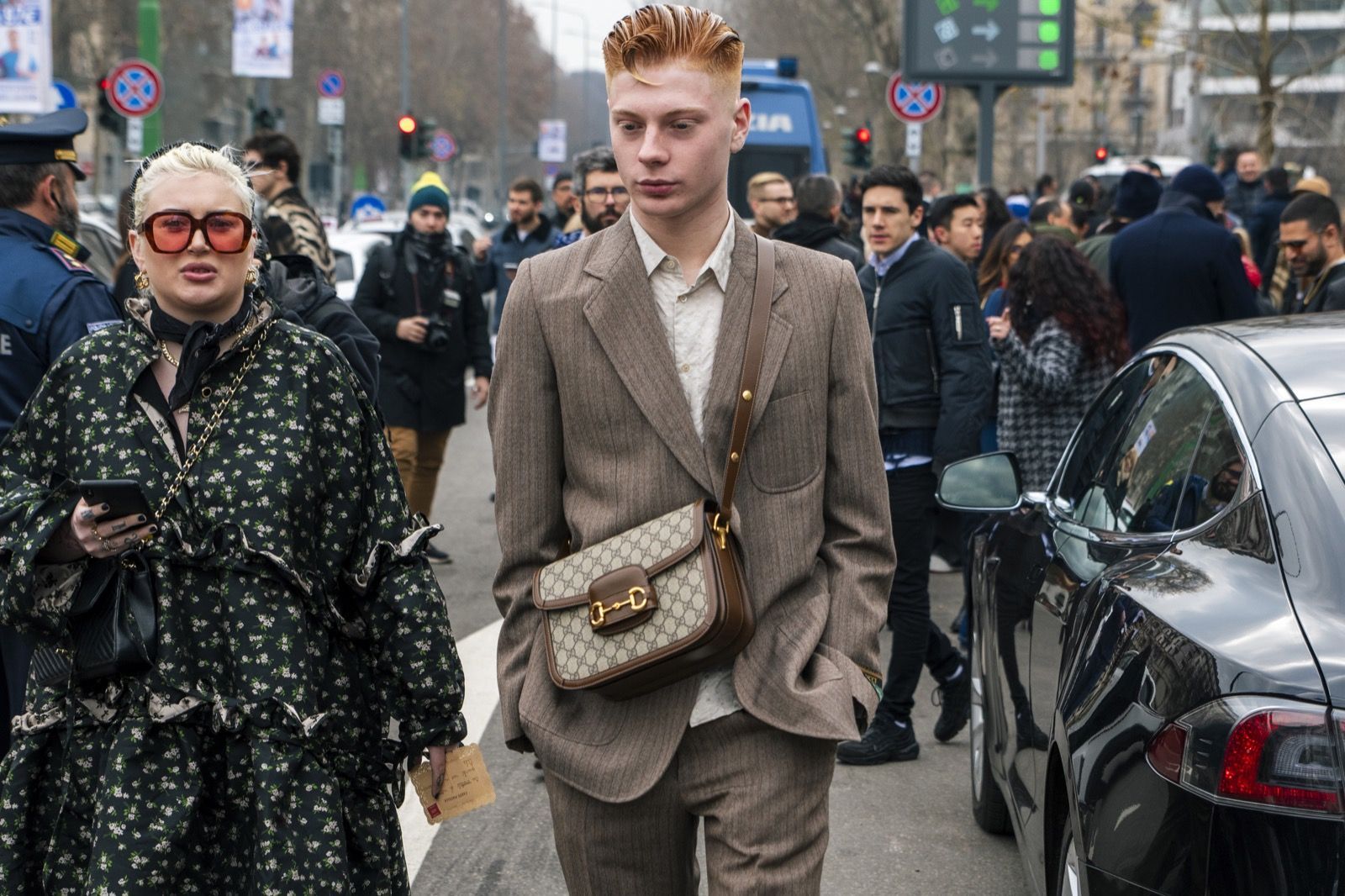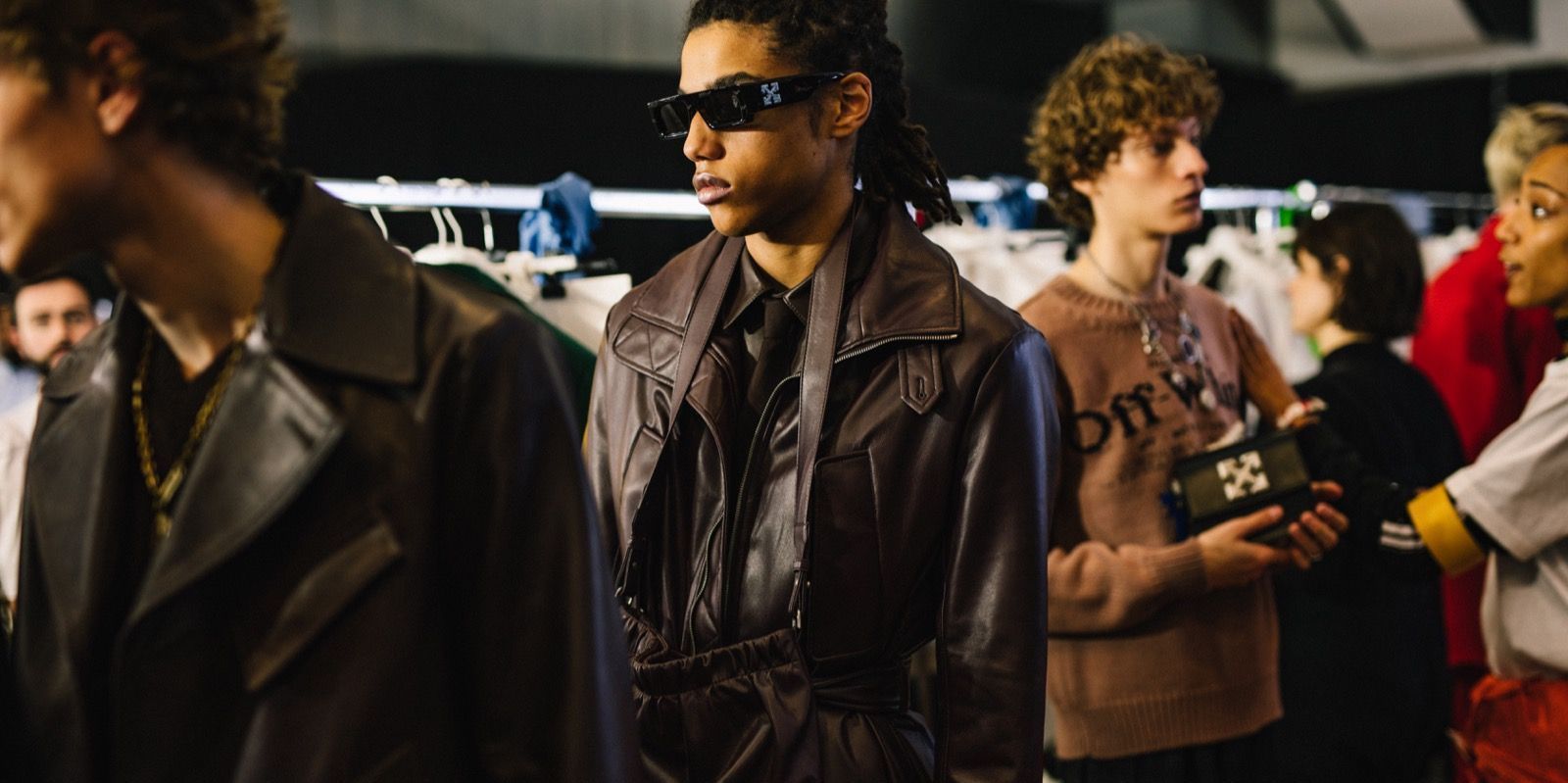
5 topics that will dominate fashion agenda in 2020 In an increasingly unpredictable world, the industry will have to keep up
2019 was the year of Lil Nas X and the cowboys, the year Virgil Abloh declared the death of streetwear, in which Prada and Dior collaborated with adidas and Nike, in which Karl Lagerfeld left us and Jennifer Lopez returned to wear the Versace Jungle Dress. Now that the new decade has begun and European fashion weeks have given an idea of the general direction in which the industry is moving, we have identified five issues that will not only dominate the general debate and that brands will have to address in order to maintain their position on the market and, more generally, on the fashion scene.
The post-streetwear era and The New Luxury
Now that the streetwear bubble is about to break, as Virgil Abloh announced late last year, clothing trends are beginning to turn towards a more classic and reassuring aesthetic. But streetwear will still leave its mark on the new cycle that is about to open. According to Lyst's year-to-date report, the merger of streetwear and tailoring will reach a new stage in 2020. The classic men's dress retains its prestige and aesthetics but its forms will gradually become more deconstructed and its cuts more relaxed. The most sought-after men's clothing brands at the beginning of the year are Tom Ford, Brioni and Hugo Boss but, at the same time, searches for oversized clothing recorded a 92% growth. Searches for men's ties and luxury handbags have also increased, as have those of more discreet and minimalist sneakers.
These innovations have already begun to involve and rewrite the concept of luxury itself. As Philip d'Asaro writes in the article What is Luxury today?:
“ the logo or the artisan quality do not define luxury, rather they are the values that the brand communicates and how each individual manages to adapt them to his own personality” and then “the luxury product becomes the means to live an experience, whereas previously it was the end”.
In a fashion system characterized by ever faster cycles and a strong pre-eminence of digitalization, brands will need to know how to relate to their audience through strategies that will no longer affect the most superficial elements of the marketing as traditional as the concrete and actual values that they will be able to apply and communicate. Retail will also have to evolve, becoming complementary to e-commerce and able to provide consumers with ad hoc experiences within stores, promoting their brand loyalty and opening up to the community. An effective form of retail experience is that of geographically limited drops, such as Nike site-specific releases, Off-White™ capsules for individual countries, or Saint Laurent's many initiatives for its two boutiques on the right and left banks Seine.
Sustainability but not greenwashing
The environmental issue will remain a central issue. Despite having ushered in a number of policies on the issue in recent years, in the words of the Business of Fashion and McKinsey report, "fashion hasn’t yet taken its environmental responsibilities seriously enough". The search for new eco-friendly materials will be the direction in which the industry will probably move both by reinventing classic materials and by creating new ones, through increasingly advanced technologies. The concreteness of these interventions will be the main factor in their success. It will be significant and useful policies such as those of the Brand Patagonia that will attract the engagement of the public. As Francesca Romana Rinaldi said in an interview with nss magazine:
“The companies that will be successful will be those that combine aesthetics, ethics and responsible innovation. . […] But taking an active stance on social issues, satisfying demands and often changing sources, production methods, mentalities or even identities to adapt to the needs of the planet and simultaneously win over new generations of customers is not something that can happen in a short time. It requires costs, efforts, time..”
Tik Tok and the evolution of influencer marketing
The digital landscape will also become increasingly complex. On the one hand you will have the rise of new platforms, such as TikTok, which will bring with it new modes of consumption and new types of audiences and is already changing the approach of the marketing strategies of many brands; on the other hand, we have the evolution of the traditional influencer marketing model, due both to the changes of Instagram, and to the aforementioned awareness of an audience that looks with disenchantment at the world of endorsements and sponsorships.
Mercato circolare
The secondary luxury market, on the other hand, which in the digital space has found the space to thrive, grows much faster than the primary one and responds to a wide range of audience needs ranging from greater convenience, choice and security buying second-hand goods to an increased sensitivity to the ecological issues of upcycling. Platforms such as Vestiaire Collective or StockX have paved the way for a series of new experiments in terms of luxury consumption, and the recent news of a cryptocurrency system that Nike is developing can provide an example of how brands can relate to your customers in a new way and be aware of their ecological responsibilities by ensuring product traceability and transparency of their supply chain processes.
Diversity and inclusivity
The more digitalization influences the cosmopolitan character and social impact of fashion, the more brands have to guard against potentially offensive missteps that could damage their reputation. In 2019 Gucci and Burberry faced controversy regarding, respectively, a high-neck sweater that reproduced a blackface and a hoodie with a noose around the neck. Loewe caused outrage when a striped suit marketed in a capsule collection appeared to many too similar to the Nazi lager prisoners' uniform. Recently, it was Comme des Garçons who had to apologise for the dreadlock wigs that were sent to the Paris fashion show. In the future, no brand will be able to afford even a single misunderstanding on issues that relate to discrimination, misogyny, cultural appropriation, body shaming & positivty, homophobia and transphobia. In this regard, the ideal solution could be the establishment of internal organs for individual brands formed by members of each community that oversee their creative output to prevent misunderstandings and increase the culture of diversity and inclusiveness within the work environment.











































